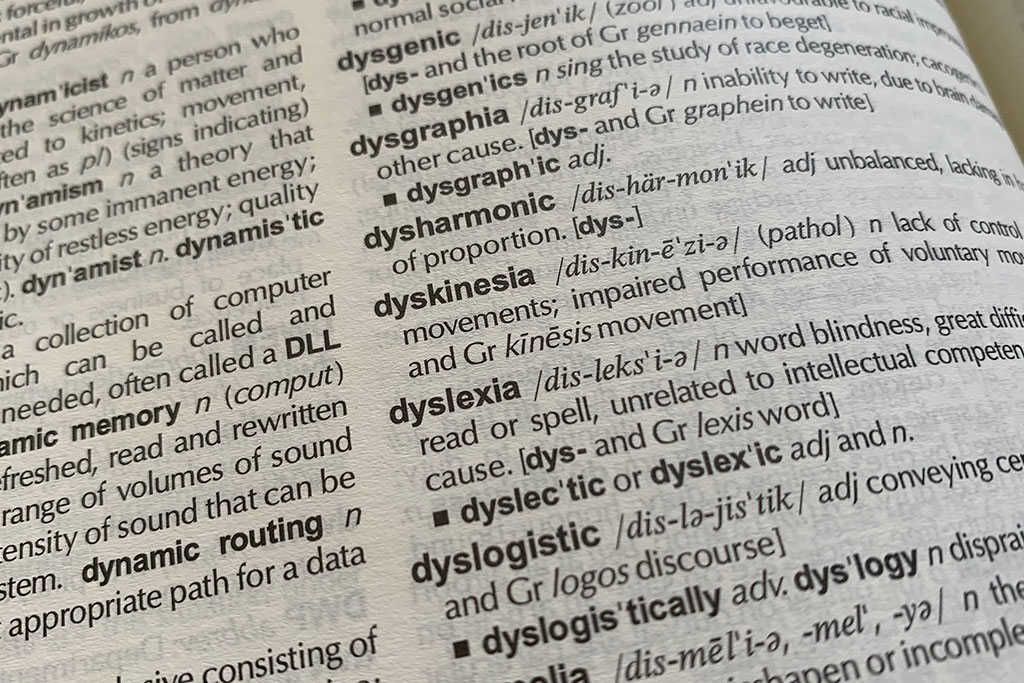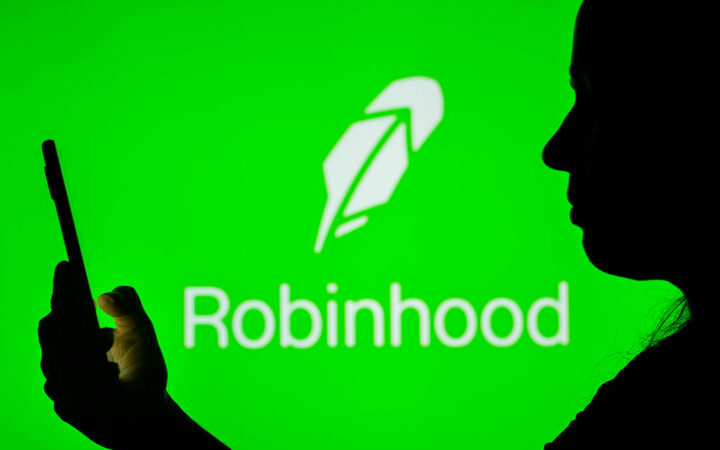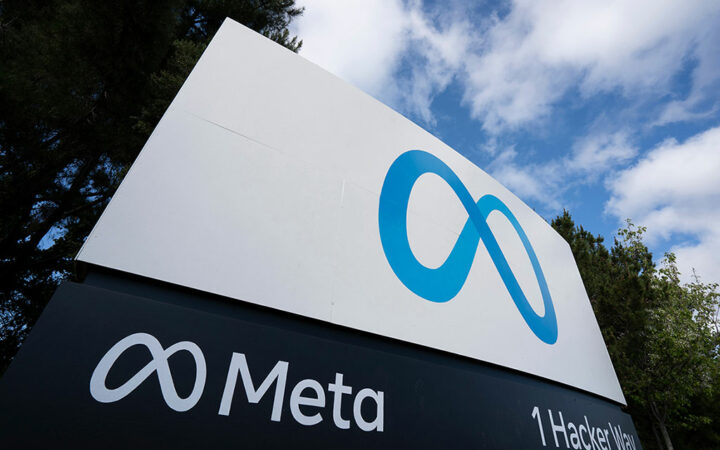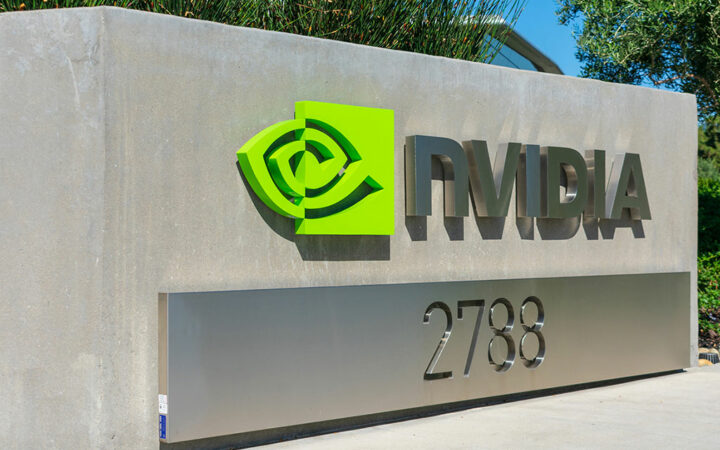
Darya is a crypto enthusiast who strongly believes in the future of blockchain. Being a hospitality professional, she is interested in finding the ways blockchain can change different industries and bring our life to a different level.
Meta expects SeamlessM4T to be much more effective than its competitors since its single approach reduces errors and delays, increasing the efficiency and quality of the translation process.
 Edited by Julia Sakovich
Updated
3 mins read
Edited by Julia Sakovich
Updated
3 mins read

Meta Platforms Inc (NASDAQ: META) has announced the launch of a new AI-powered model that allows users to communicate effortlessly through speech and text across different languages. Called SeamlessM4T, the multilingual model supports about 100 languages. It can perform speech-to-text, speech-to-speech, text-to-speech, and text-to-text translations.
Today we’re introducing SeamlessM4T: the first all-in-one multilingual, multimodal AI translation model. This single model can perform speech-to-text, speech-to-speech, text-to-speech, and text-to-text translations for up to 100 languages depending on the task.
Learn more…
— Meta Newsroom (@MetaNewsroom) August 22, 2023
SeamlessM4T has been released under a research license to allow researchers and developers to build on this work. Along with SeamlessM4T, Meta has also introduced the metadata of SeamlessAlign, the biggest open multimodal translation dataset to date that totals 270,000 hours of mined speech and text alignments.
Paco Guzmán, a research scientist manager at Meta, commented:
“It even supports changing languages on the fly. This allows [it] to better support populations who naturally mix languages in their day-to-day speech.”
Meta expects SeamlessM4T to be much more effective than its competitors since its single approach reduces errors and delays, increasing the efficiency and quality of the translation process. The company has developed the model based on the finding from its previous similar projects.
Last year, Meta rolled out No Language Left Behind (NLLB), a first-of-its-kind AI model that delivers translations directly between 200 languages. Notably, the model is free of charge, it gives users the opportunity to access web content in their native language and communicate with anyone, anywhere.
Another project developed by Meta was Universal Speech Translator which targeted Hokkien – a widely spoken language within the Chinese diaspora that does not have a standard written form. Out of the more than 7,000 living languages, more than 40% of languages are primarily oral and do not have a standard or widely known writing system. Therefore, Meta came up with a solution that can extend beyond Hokkien to other unwritten languages.
Earlier this year, Meta announced the Massively Multilingual Speech model that supports automatic speech recognition (ASR) and text-to-speech synthesis (TTS) in over 1,100 languages as well as language identification (LID) in over 4,000 languages.
As a result of the AI boom, the translation industry has been revolutionized, with language barriers being eliminated and translation becoming easier. By utilizing neural networks, AI translation tools can detect patterns in data and accurately translate text from one language to another. AI provides extremely fast, high-volume translations that are increasingly accurate and precise, which allows humans speaking different languages to communicate effectively.
Among the most widely used AI-powered translation tools are Google Translate, Microsoft Translator, DeepL, Systran, Trados Enterprise, Sonix, Alexa Translations, and more.
As AI technology continues to evolve, we can expect to see significant advancements in the field of translation. In the future, AI translation tools are expected to become more personalized, allowing users to customize their translations to meet their needs. The global machine translation market size is expected to reach almost $4.1 billion in 2030 from $812.6 million in 2021.
Disclaimer: Coinspeaker is committed to providing unbiased and transparent reporting. This article aims to deliver accurate and timely information but should not be taken as financial or investment advice. Since market conditions can change rapidly, we encourage you to verify information on your own and consult with a professional before making any decisions based on this content.

Darya is a crypto enthusiast who strongly believes in the future of blockchain. Being a hospitality professional, she is interested in finding the ways blockchain can change different industries and bring our life to a different level.





